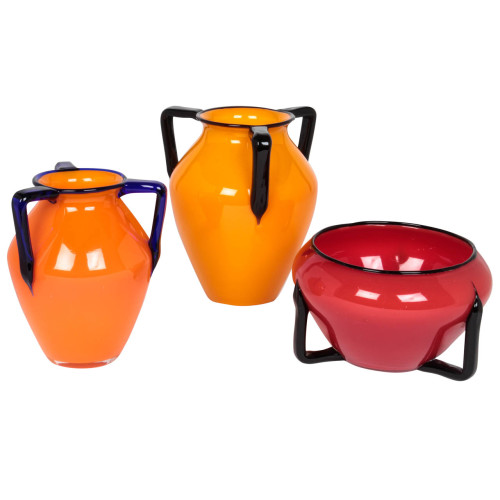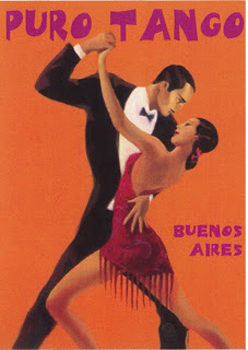Product Description
Michael Powolny / Lötz Witwe Glaswerks Jugendstil Set of Three “Tango” Glass Vases c. 1920



PROF. MICHAEL POWOLNY (1871-1954) Austria
LÖTZ WITWE GLASWERKS Klostermuhle
Set of three “Tango” glass vases c. 1920
Blown tall yellow glass with applied black handles, blown orange glass with applied cobalt blue handles, blown red glass with applied black handle-form feet
Marks: Cecho. Slovakia (acid etched in an oval) (red vase)
Yellow and black vase H: 6 1/2” x Dia: 6″
Orange and cobalt blue vase H: 5 1/2” x Dia: 6″
Red and black vase H: 3 1/2” x Dia: 6″
For more information see: Lötz: Böhmisches Glas 1880-1940, Band 1, Helmut Ricke and Ernst Ploil, (Munich: Prestel-Verlag, 1989) ; Glass of the Avant-Garde, From Vienna Secession to Bauhaus, The Torsten Bröhan Collection from the Museo Nacional de Artes Decorativas, Madrid, Torsten Bröhan, Martin Eidelberg (Munich, London, New York: Prestel Verlag, 2001).
Other Powolny works: Jugendstil Art Nouveau: floral und functional forms, Siegfried Wichmann (New York / Boston: Graphic Society, Little, Brown and Co., 1984), p. 226; Vienna 1900-1930: Art in the Home, Historical Design exhibition catalogue (New York: Historical Design, Inc., 1996), p. 45; Modernism:Modernist Design 1880-1940, The Norwest Collection, Norwest Corporation, Minneapolis, Alastair Duncan (Woodbridge, Suffolk, England: The Antique Collector’s Club, 1998).
SOLD
Michael Powolny / Lötz Witwe Glaswerks Jugendstil Set of Three “Tango” Glass Vases c. 1920
FRITZ SCHMOLL VON EISENWERTH (1883-1963) Germany
M.T. WETZLAR (active c. 1905-1940) München, Germany
Hand mirror c. 1920
Handwrought silver and ivory
Marks: MTW (in a shield), 900, moon, crown, Wetzlar München, R
L: 10 ¼” x W: 4 ¾”
